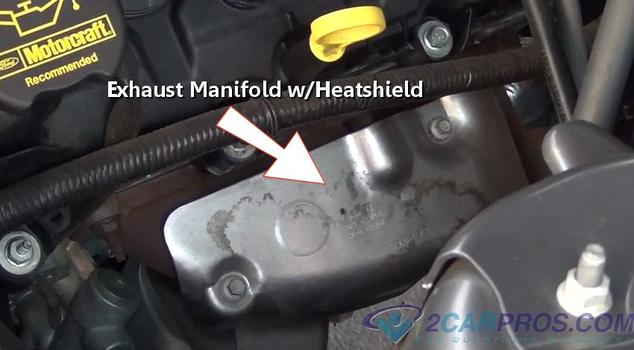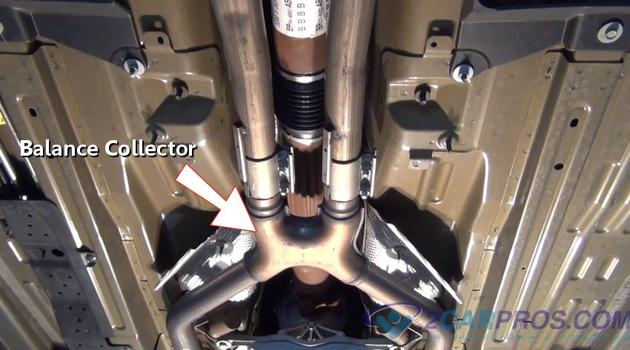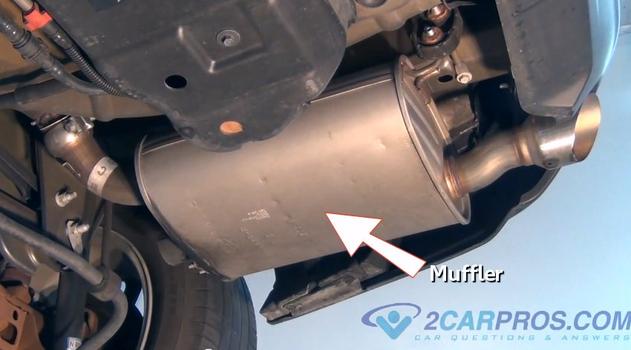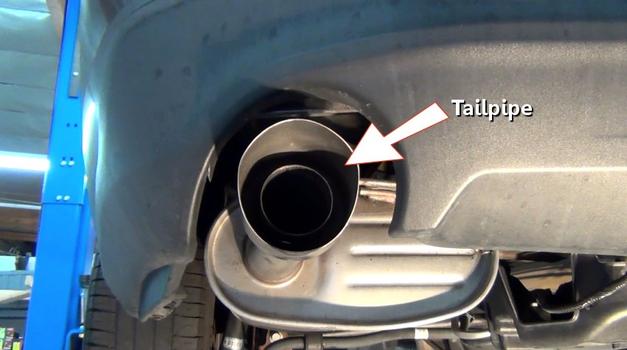How Exhaust System Works?
Exhaust System
Working Of Vehicles Exhaust System
Helpful Information
Engines produce water and steam with the exhaust gases as a natural byproduct of the combustion process, which can be observed from the tailpipe in the first minutes of operation. As the engine heats up the water is vaporized quickly so the moisture is not visible. Most exhaust systems are made of aluminized metal or stainless steel to prevent corrosion. A secondary muffler is sometimes used and referred to as a resonator, which increases the muffle affect.
Fumes from exhaust gases are quite harmful and can cause complications including lightheadedness, blurred vision and death. After the engine has cooled down, inspect the system for cracks, holes or rust. When a new exhaust system is used for the first few times, its normal for unusual odors to be produced for a short time after.
Performance Exhaust
There are endless configurations of exhaust systems from the very loud (free flow, low restriction), to the barely audible depending on application and manufacturer preference. Performance exhaust systems can vary from a free flow muffler, to a full system including headers which replace the more restrictive exhaust manifolds. While standard exhausts are designed to be cost efficient, a performance system is usually made from higher grade of materials with more performance oriented ambitions. Consult state and federal emissions laws before modifying a vehicles exhaust system.
Common Problems
- Defects or corrosion in the exhaust system cause exhaust gases to be inhaled by passengers causing asphyxiation.
- When driving long distances the exhaust system can become hot, which can cause ignition of dried timbers or grass under vehicle.
Step by step guide on how an automotive exhaust system works. This article pertains to all gasoline powered vehicles.
Step 1 - Once exhaust gases are generated from an internal combustion engine, the exhaust system is responsible for routing these gases from the engine. The process begins as the exhaust valve opens and releases hot gases into a exhaust manifold which is connected to the cylinder head. An exhaust manifold is bolted to the cylinder head, and is used to gather exhaust gases from the cylinder ports and collected into one location.

Exhaust Manifold
Step 2 - After collecting exhaust gases, the manifold disperses them at the manifold flange connection.

Exhaust Manifold Flange
Step 3 - Then, these gases are collected at the flange as they enter the head pipe which bolts to the manifold flange.

Exhaust System Head Pipe
Step 4 - Exhaust gases then travel to the catalytic converter, which houses theoxygen sensor. There is a primary sensor located on the head pipe, this device is shielded from the body using a heat shield.

Catalytic Converter w/Oxygen Sensor
Step 5 - Once the gases are treated by the catalytic converter and read by the oxygen sensor they are released into the primary transfer pipes.

Primary Transfer Pipes

Exhaust Manifold

Exhaust Manifold Flange
Step 3 - Then, these gases are collected at the flange as they enter the head pipe which bolts to the manifold flange.

Exhaust System Head Pipe

Catalytic Converter w/Oxygen Sensor

Primary Transfer Pipes
Step 6 - A backpressure balance collector is used to help equalize pressures which improves performance, while restricting engine noise. (Note: Four cylinder engines are excluded from this device.)

Balance Collector
Step 7 - Once exhaust gases have been processed through the balance collector they travel down the secondary transfer tubes which route over the differential or axle.

Secondary Transfer Tubes
Step 8 - Exhaust gases then travel into the muffler where noise cancelling properties of the muffler help quite engine noise.

Muffler
Step 9 - Rubber hangers are used to suspended the system while insolating engine vibration from the vehicle.

Exhaust System Hanger
Step 10 - Exhaust gases are released into the atmosphere through the tail pipe which is connected to the muffler. Usually this tail pipe is protected by shield which helps defuse the exhaust.

Exhaust Tail Pipe

Balance Collector

Secondary Transfer Tubes

Muffler
Step 9 - Rubber hangers are used to suspended the system while insolating engine vibration from the vehicle.

Exhaust System Hanger

Exhaust Tail Pipe
Comments
Post a Comment